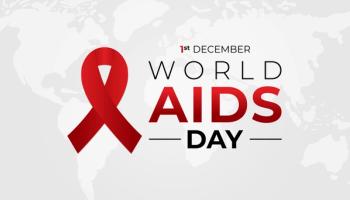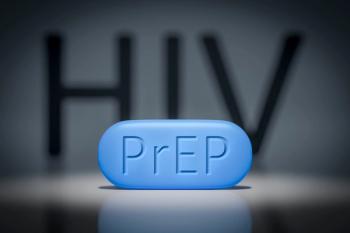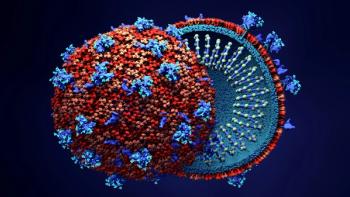
The Risk Of Sexual Transmission Of HIV From Individuals With Low-Level HIV Viremia
A group of infectious diseases specialists with the Atlanta-based Global Health Impact Group have teamed up with
The study, which was published in The Lancet in July 2023 showed that people infected with the HIV virus who have a viral load below 1,000 copies per milliliter are not like to transmit the virus to a sexual partner.
Global Health Impact Group’s Laura N. Broyles, Robert Luo, Debi Boeras and Vojnov analyzed several studies designed to learn more about the likelihood of transmitting HIV to a sexual partner over a 12-year period.
“In 2020, we began to review our treatment monitoring algorithm to understand whether the previous algorithm was indeed the most useful to support people living with HIV on antiretroviral therapy—both ensuring that those doing well receive the care and positive messaging helpful for their overall health and that those potentially failing their treatment are followed up and necessary clinical actions implemented,” Vojnov says. “As we were doing so, we sought to better understand the role of low-level viremia, in general, for individual health, and as it relates to potential transmission risk.”
The researchers followed well-accepted, traditional systematic review processes for consolidating the evidence and studies, in particular the PRISMA guidelines.
There were two key findings and main takeaways from the systematic review that looked at the role of low levels of virus and sexual HIV transmission risks.
“First, that there were no sexual transmissions when a person living with HIV had an undetectable viral load,” Vojnov says. “Second, that there were no clearly definitive sexual transmission events when a person living with HIV had a suppressed viral load, defined as a detectable viral load that is equal to or less than 1000 copies/mL.”
From these two key findings, WHO developed and published a policy brief titled, “The role of HIV viral suppression in improving individual health and reducing transmission.” Together, key messages to be shared with the general public, stakeholders in the HIV response, and people living with HIV should be that 1) People living with HIV with an undetectable viral load have zero risk of transmitting HIV sexually; and 2) People living with HIV with a suppressed viral load have almost zero or negligible risk of transmitting HIV sexually.
“The results that there were no transmissions when a person living with HIV had an undetectable viral load were not surprising, given previous studies such as HPT052; however, the compilation of data together provided a strength to that statement and summary,” Vojnov says. “We didn’t expect to see no clear transmission events when a person living with HIV had a ‘suppressed viral load.’”
The researchers hope that the systematic review and policy brief will encourage national governments, policymakers, and healthcare providers to set up structures, tools, and communication modalities that will ideally reverse the trend of stigma, discrimination, and criminalization of people living with HIV.
“The majority (~70%) of all people living with HIV have either an undetectable or suppressed viral load and as such should be receiving positive and celebratory messages,” Vojnov says. “Of course, PrEP strategies should continue to be provided, while the global community also prioritizes identifying all people living with HIV who are unaware of their status and ensuring all are provided continuous access of optimized ART regimens—together this will significantly reduce incidence rates and prevent transmission.”
Furthermore, with the new categorizations of viral load results, all WHO-prequalified viral load tests, including point-of-care and alternative sample collection types such as dried blood spots, can be used to determine if a viral load is undetectable, suppressed, or unsuppressed. This means that all people living with HIV should have access to viral load testing and subsequent support and care.
“A key remaining research gap is understanding the role of low level viremia (or suppressed viral loads) in individual health of people living with HIV who are taking optimized, dolutegravir (DTG)-based regimens,” Vojnov says. “Thus far, there has been very limited drug resistance observed with triple DTG-based regimens, calling into question whether people living with HIV with suppressed viral loads have increased risks of treatment failure. Additionally, it would be beneficial to have more clarity on the transmission risks of lower levels of virus when sharing injecting drug use equipment and with regards to mother to child transmission.”
Newsletter
Get the latest industry news, event updates, and more from Managed healthcare Executive.





















































